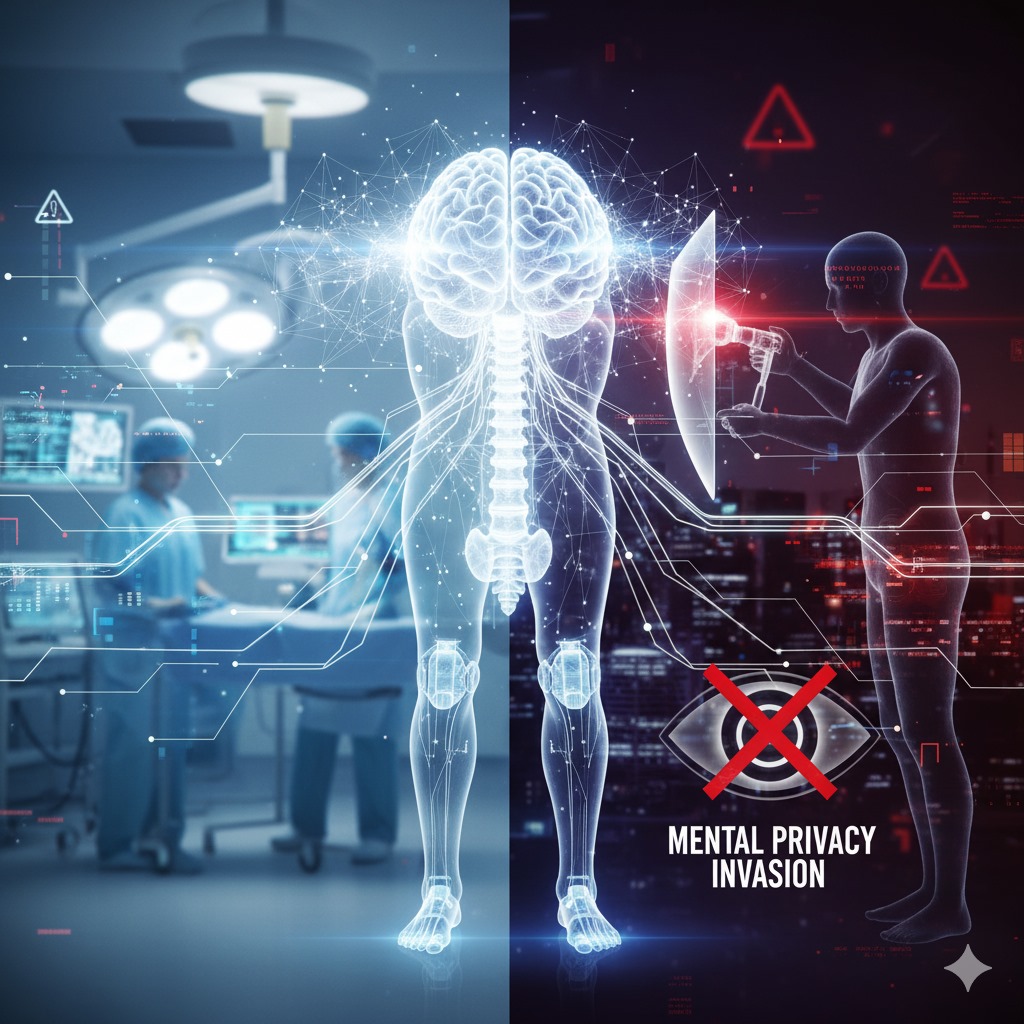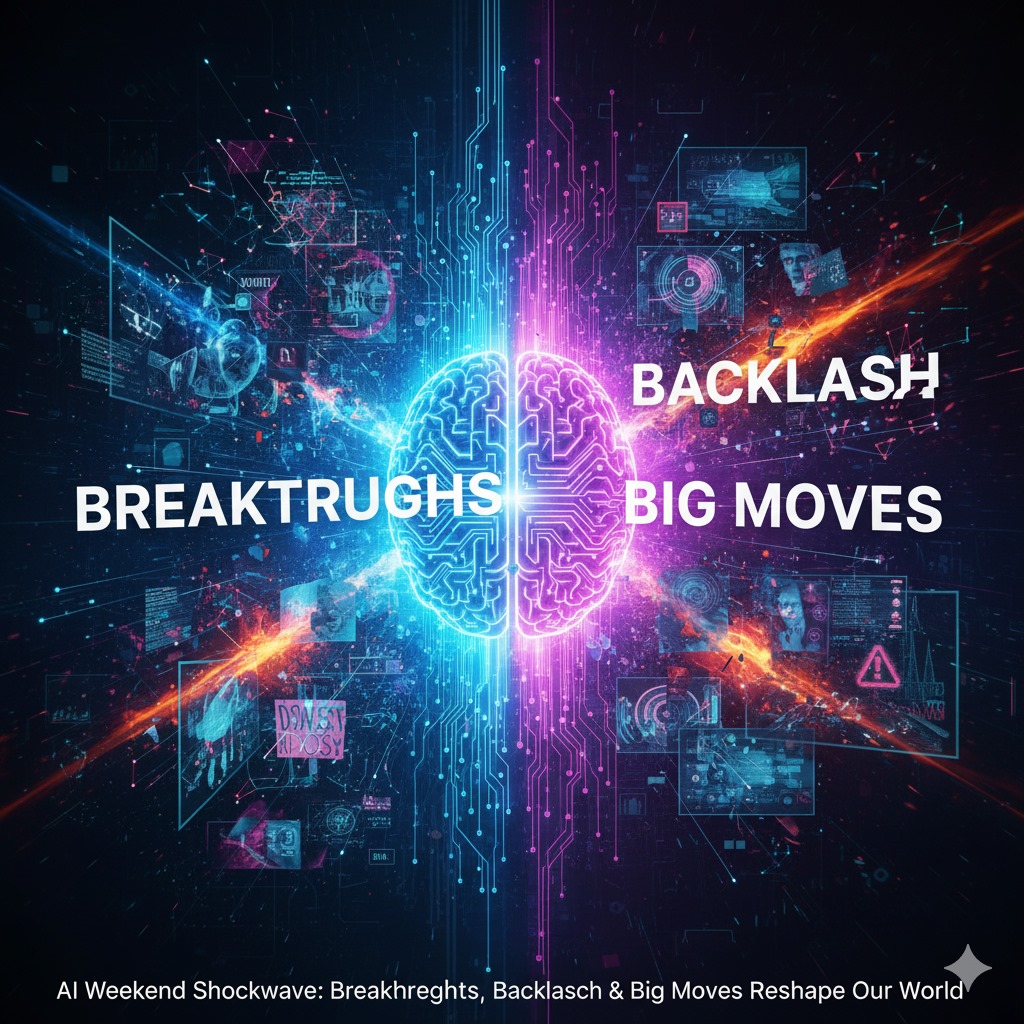Artificial Intelligence has achieved what until recently belonged to science fiction: decoding human thoughts directly from brain signals. In a landmark study published in Cell, researchers have developed a brain-computer interface (BCI) that translates inner speech into text with approximately 74% accuracy. This breakthrough promises to restore communication for people with paralysis or neurological conditions like ALS but simultaneously raises profound ethical questions about mental privacy and the future of human-machine interaction. The technology uses advanced AI algorithms to interpret signals from the motor cortex, where inner speech—the silent voice we use to rehearse sentences or count mentally—manifests as detectable neural patterns. For individuals unable to speak or move, this innovation could be life-changing, offering a new channel for expression and connection. However, it also introduces unprecedented risks related to thought surveillance and consent, demanding immediate attention from policymakers, technologists, and society at large :cite[5].
The Science Behind Inner Speech Decoding
The study involved participants living with ALS or paralysis, who could not rely on traditional gestures or speech. The BCI system tapped directly into their motor cortex, where inner speech generates neural activity similar to actual speaking movements, albeit without any physical output. Using recurrent neural networks, the AI mapped these signals to recognizable words, achieving conversational-level performance. A key feature of the system is its keyword trigger mechanism: participants mentally recited a specific phrase, such as "ChittyChittyBangBang," to activate decoding. When they stopped thinking the phrase, the system disengaged, providing a layer of user control. This approach enabled the AI to handle a vocabulary of tens of thousands of words and operate in real-time, a significant leap from earlier BCIs limited to small vocabularies and lengthy calibration periods. The accuracy rate of 74% for inner speech decoding—compared to over 90% for attempted speech—may seem imperfect, but it represents a threshold moment where BCIs transition from laboratory curiosities to practical tools with viable use cases :cite[5].
Transformative Potential for Human Dignity and Communication
For individuals with severe paralysis or locked-in syndrome, this technology is more than assistive—it is transformative. Communication is integral to identity, and restoring the ability to express thoughts, however silently, reinstates dignity and agency. R. Sterling Snead, founder of the Self Research Institute, inspired by his nonverbal son, emphasized this point: "Communication isn’t just identity—for many families, it’s survival. The first time my son was able to say ‘I love you,’ after years of silence, I just sat down and cried." The keyword trigger mechanism enhances this agency by allowing users to decide when their thoughts are shared and when they remain private. This functionality is critical for ethical adoption, as it embeds consent into the interface architecture rather than relying on retrospective policies. Beyond medical applications, the technology could revolutionize fields like education, accessibility, and even entertainment, enabling new forms of interaction for those who cannot communicate through conventional means :cite[5].
Ethical Implications and the Risk of Thought Surveillance
The same capability that grants agency to some could strip it from others if misused. The study revealed that the system could detect structured mental acts like counting, suggesting that rehearsed inner speech, silent repetitions, or even mental lists might be accessible to AI decoding without explicit user intention. This raises alarming possibilities: employers monitoring focus levels through workplace BCIs, governments claiming rights to surveil "suspicious" inner speech, or malicious actors exploiting neural data for manipulation. Unlike biometric data, neural information is intimately tied to identity and consciousness, making its protection a paramount concern. The keyword-based consent mechanism offers a potential safeguard, but it must be reinforced through robust design principles and regulations. As AI safety expert Dr. Roman Yampolskiy warns, controlling AI behavior is already challenging at current intelligence levels; integrating thought decoding multiplies these risks. The study underscores the need for "neurorights"—legal frameworks protecting mental privacy, autonomy, and identity against unauthorized access or exploitation :cite[5].
Broader Industry Context and AI Developments
This breakthrough occurs amid rapid advancements in AI, each with its own implications. For instance:
- OpenAI's release of GPT-5 with a 256,000-token context window enhances its ability to comprehend lengthy documents or conversations, pushing toward more sophisticated human-AI interactions :cite[4].
- Google DeepMind's "nano banana" image-editing model maintains visual consistency across iterations, addressing coherence challenges in generative media :cite[2].
- Anthropic's expansion of Claude's context window to 1 million tokens enables analysis of massive codebases or novels in a single prompt :cite[4].
Business and Policy Implications
For business leaders, BCIs represent a strategic horizon akin to mobile or cloud computing, with potential applications in healthcare, marketing, and customer engagement. However, executives must prioritize consent and data ethics to navigate this frontier responsibly. Brodie Flanders, CEO of imaware, notes: "The winners won’t be the companies that can decode thoughts first—they’ll be the ones that earn permission to do it." Practical steps include:
- Embedding consent-by-design into products and contracts.
- Conducting data ethics audits to ensure neural data is treated with heightened sensitivity.
- Investing in signal literacy to understand emerging neural and intention-based data types.
- Exploring assistive tech and accessibility markets as early footholds.
Future Directions and Challenges
The journey from 74% accuracy to higher fidelity will require addressing significant technical and ethical hurdles. Technically, improving signal clarity, reducing calibration times, and expanding vocabulary support are critical. Ethically, designing systems that prioritize user agency and transparency is essential to prevent misuse. Equity is another concern: as R. Sterling Snead highlights, BCIs must be accessible to all who need them, not just the privileged few. Moreover, the compute infrastructure for BCIs—like the MIMONet innovation for 6G networks from Ulster University—must evolve to handle massive data loads efficiently and sustainably :cite[8]. Finally, public acceptance will depend on demystifying the technology and demonstrating its benefits while safeguarding against dystopian outcomes.
Conclusion
The decoding of inner speech marks a pivotal moment in AI and neuroscience, blurring the line between thought and communication. Its potential to restore dignity to those with severe disabilities is profound, yet its risks to privacy and autonomy are equally significant. Successfully navigating this duality will require collaboration across disciplines: technologists must embed ethics into design, businesses must prioritize trust over exploitation, and policymakers must enact robust neurorights frameworks. As Google Chief Scientist Jeff Dean cautions, AGI conversations remain fraught with definitional ambiguities, but practical AI advances like this are already reshaping human capabilities :cite[9]. Ultimately, the measure of this breakthrough will not be in its accuracy alone but in its ability to empower humanity without compromising the sanctity of our inner lives.
References
- Forbes: AI Can Read Your Thoughts — The Future Of Brain-Computer Interfaces :cite[5]
- TS2 Tech: AI Weekend Shockwave: Breakthroughs, Backlash & Big Moves (Aug 30-31, 2025) :cite[2]
- New York Times: How Builder.ai Collapsed Amid Silicon Valley's Biggest Boom :cite[1]
- TS2 Tech: August 2025 Tech Tsunami: AI Breakthroughs, Hardware Surprises & Security Shocks :cite[4]
- Belfast Live: NI AI Breakthrough Could Open Door to Hospital Robots and Autonomous Vehicles :cite[8]
- Business Insider: One AI Conversation Google's Chief Scientist Won't Have :cite[9]


